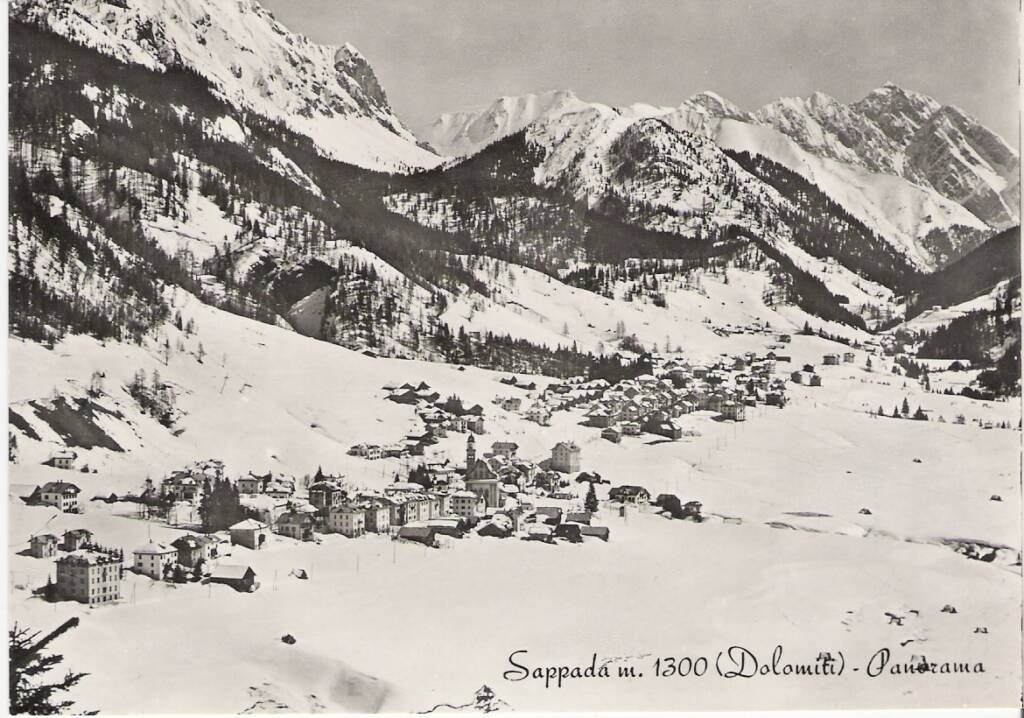A German-speaking linguistic island, Sappada-Plodn stretches into the upper Piave Valley, at the northwestern edge of Friuli Venezia Giulia and the province of Udine, wedging itself with its specificity between the Ladin cultural and linguistic realities of Comelico, in the Veneto sphere, and that of Carnia, a Friulan one. The origins of Sappada date back to around the year 1000, founded by refugees or, more probably, colonists from Tyrol and Carinthia who initially settled on the slopes of Monte Ferro to exploit the mineral deposits.
The colonization of the valley initially occurred with the establishment of 14 masi, 14 nuclei that gradually became the current hamlets (heivilan). The 15th, Lerpa, was added, starting in the 20th century. This origin from deeper in the Alps is not supported by written documents but by an oral tradition, where legend and history intertwine.
This oral tradition is however supported by important testimonies such as the language, a dialect very similar to Bavarian-Tyrolean, by numerous customs and, last but not least, by the characteristics of the architecture, where the use of wood as a building material predominates. It is precisely on these peculiarities of Sappada-Plodn that we will focus our attention on this journey to discover Sappada Vecchia.
In each hamlet there are explanatory signs in wrought iron that indicate the itinerary.
One consideration is almost obligatory: the old Sappada is found along the entire length of the valley. In the village you can breathe a magical and enchanted atmosphere that goes well with the conquests of modernity, due, above all, to an ability to combine the new with the traditional even in the recently constructed buildings.
The fires of the last century, which hit the hamlets of Bach Pòch in 1908 and Granvilla Dorf in 1928, caused the loss of many old wooden houses, which have been better preserved in the hamlet of Pill / Pihl and especially Mühlbach / Milpa, Cottern / Kòttern, Hoffe / Houve, Fontana / Prunn, Kratten / Krotn, Soravia / Begar, Ecche / Ekke, Puiche / Puicha. To complete the itinerary we move to Cima / Zepodn and on the way back we stop in Cretta / Krètte, which houses the Casa Museo della Civiltà Contadina (the local farming and rural life museum).

